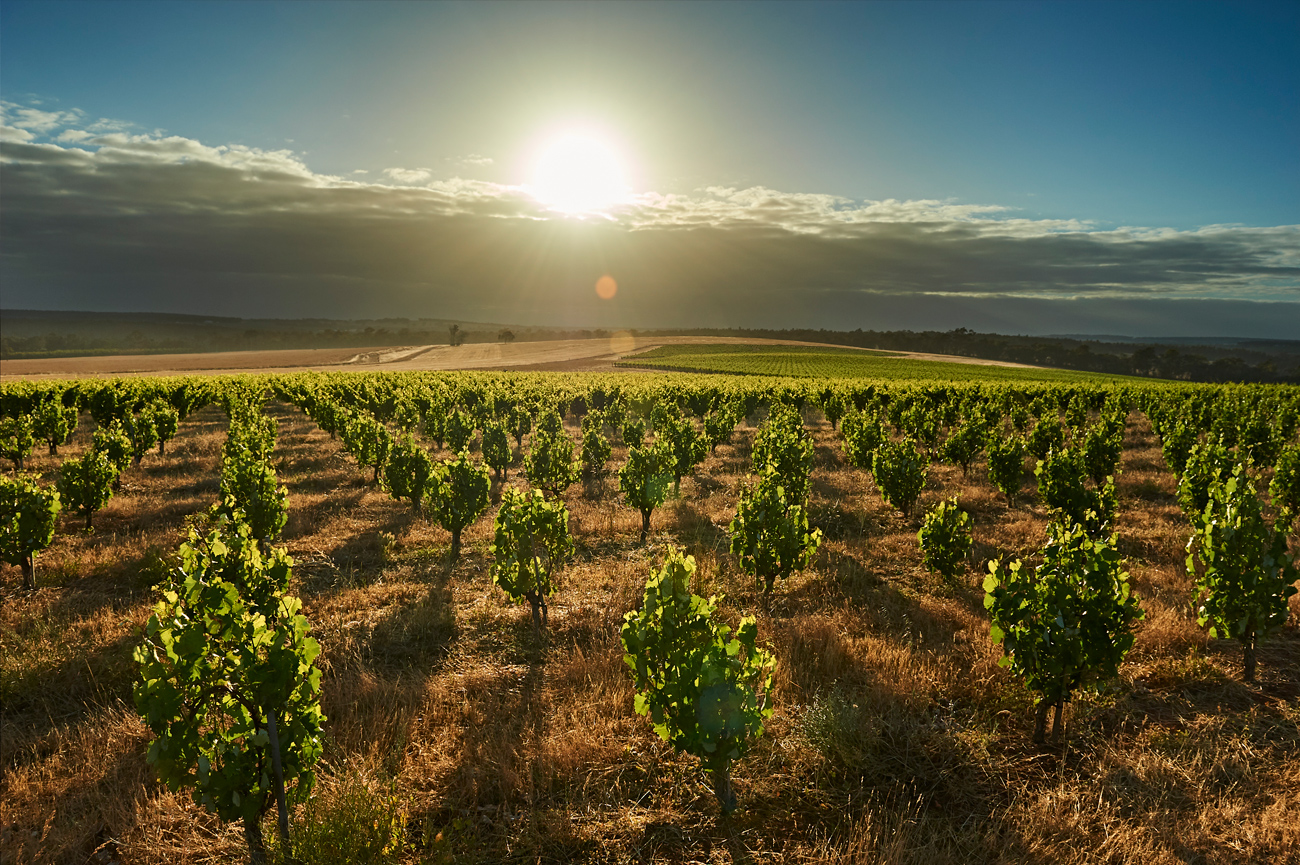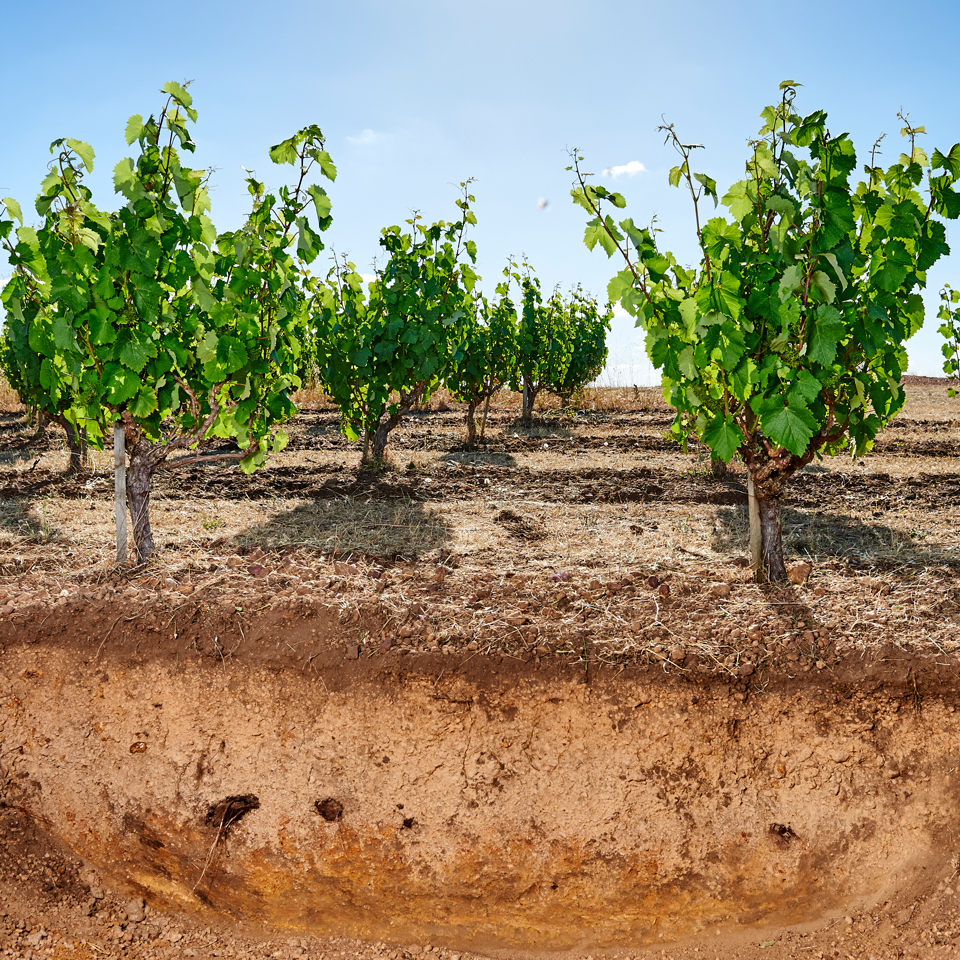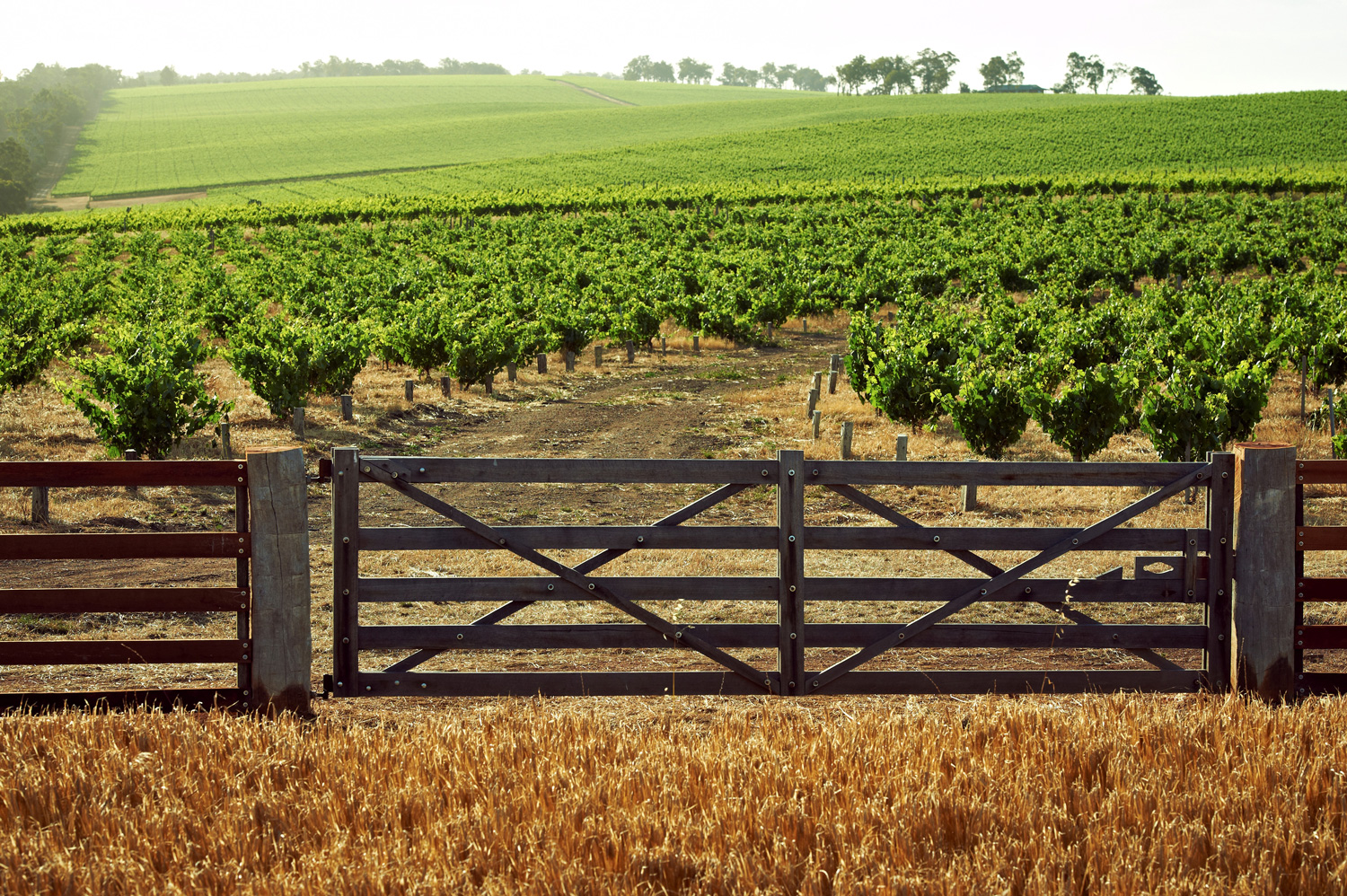With the viticulture managed by Lee Haselgrove, the Swinney Vineyard is one of Frankland River’s prime sources of quality grapes, supplying producers as game changing as Brave New Wine to those as established as Penfolds, as well as filling the bottles of the Swinney family’s eponymous label. With about 160 hectares under vine, the site is managed sustainably, with a specialisation in the regional stars – cabernet sauvignon, shiraz and riesling – but they have also planted varieties to balance increasingly erratic weather patterns, including a significant investment in bush vine grenache, a variety and a growing method that is rare in the Great Southern.
The Swinney Vineyard sits on the family property in Western Australia’s remote Frankland River region. The land, with the Frankland River running through the heart of it, was settled by George Swinney in 1922, with viticulture not on the family radar until the end of the 20th century. The 2,500 property had been primarily used for grazing until the first vines were committed to the gravel and loam soils in 1998.
Dominated by shiraz and cabernet sauvignon, the 160-hectare vineyard also has much smaller but still significant plantings of riesling, semillon, chardonnay, grenache, gewürztraminer, pinot gris and mourvèdre, with smaller amounts of tempranillo, viognier and vermentino, and slivers of mencia, counoise and cinsault. The bulk of the vineyard was planted in 1998 and 2004, with smaller additions made in ’08 and ’09.
The Swinney family began their foray into viticulture as growers, leaving the making to others, but that has evolved into their own brand, with riesling, shiraz and grenache at the fore. Those wines are made by no less than Rob Mann, grandson of the great Jack Mann, who is one of the West’s most sought-after winemaking talents. But the Swinneys have been no less careful about who they entrusted their vines to, with celebrated viticulturist Lee Haselgrove taking on the management role back in 2013 after having consulted there for a decade.
Haselgrove oversees operations both for contract fruit and that fashioned by Mann into the Swinney wines. “I am personally hugely invested in the fruit quality and character that we produce and most of our customers have been friends or colleagues for many years,” he says. “We have a very broad network, and we draw on a wide range of opinions as we are a commercial grape growing business and need to be relevant to the whole wine quality and price point range.”
That notion of being pitched to a range of clients is an important one to Haselgrove, and the balance of environmental and economic sustainability is critical. “I guess it’s about being able to farm the way we want to, but still be profitable,” he says. “We want to use less water, less synthetic fertiliser and pesticides and pay people fairly for the contribution they make. We’d like to contribute positively to the environment around us …by reducing salinity, land degradation and increasing biodiversity. And we are making progress on all of these fronts.”
Haselgrove currently grows for makers both large and small, with household names as well as cutting-edge makers drawn to the quality and character of the fruit in equal measure. LS Merchants, La Violetta and Brave New Wine all take Swinney fruit, as do Penfolds (for their multi-regional cabernet sauvignon, ‘Bin 407’) and Hardys on a roster of about 30 makers who produce near to 100 wines off the site in any given vintage.
“I would love to farm the whole vineyard organically, tomorrow,” says Haselgrove, noting that some of the blocks are treated solely with organic inputs. “Not just for philosophical reasons, although that is a part of the it. I just think it would be a better environment for our team to work in. But this takes time, and we are moving in that direction at a considered pace. Also, I really wish I could grow amazing nebbiolo here. But I can’t. So, I buy good Barolo instead!”
Nebbiolo may not be possible, but there has been an emphasis placed on grenache, which is a variety that doesn’t get much airtime in the West outside of the Swan Valley. The Swinneys saw a bright future, though, with an ardent belief in the key red Rhône varieties of the north and south being suited to their site. Haselgrove notes that they planted “a little 2-hectare block of bush vine grenache in 2004. …I loved the audacity and vision. I remember saying that those vines will be really hard to grow and manage for the next 10 years, but from around 15 years of age, they will probably have something very unique to say.
“When I started here full time in 2013 …we started ramping up the management of the vines. …From 2018, the block has really come into its own. So, I’m proud of the long-term commitment to a vision, and the dogged persistence at ground level (and below ground) that achieved the outcome. Nothing great comes quickly, and truly great grenache is pretty elusive.”
While Haselgrove hasn’t achieved his goal of complete organic management, his efforts to farm sustainably have brought them ever closer. “We definitely want to enhance the environment around us, not dimmish it in any way. We almost eliminated herbicide use in the vineyard through careful rotational winter and spring sheep grazing nearly five years ago. That’s pretty cool. We make compost, very well, and on a very large scale, on site, using local waste materials. Soil organic carbon is increasing progressively, which is really satisfying. Being part of a generational family farming enterprise enables long term incremental improvements to be achieved.”
Haselgrove says one of the region’s greatest issues – like so many Australian vineyards – is the availability of water. “The variability in rainfall is considerable, and that variability is increasing. Winter rainfall, when we harvest water for summer irrigation use, also varies considerably. We have made considerable progress building resilience in the vines, incrementally over the last eight years and now a considerable area of the vineyard is dry farmed. The fruit quality is better, and it better reflects the sites where it is grown.”
That adaptability to a dryer climate is also bookended with the reality of climate change not just driving temperatures up, but also seeing more chaotic weather patterns. “The climate – or more correctly, the weather – is not just changing in a linear way, it is becoming more variable,” says Haselgrove. “And that makes things very complicated. …real viticulture is adjusting to the season that you are actually in, not the one you think or would like to be in. And that takes constant attention, and flexibility to get the best out of the conditions. …our approach is about growing a range of varieties, and then stay very aware of the weather and maintain flexibility in our operations to get the best results.”
Swinney is a large and complex vineyard, with extensive and very nuanced practices in place to manage the varied conditions and grape varieties across the site, but Haselgrove says there’s no place he’d rather be.
“I am happiest when I am around the plants and the team of people that I work with,” he says, “and our viti team is the best. All the slogans like, ‘it’s all about the vineyard’, or ‘it’s all about the winery’, or ‘it’s all about the marketing’, are all rubbish. It’s actually all about everything. And that’s why success in the wine industry is so elusive.”





